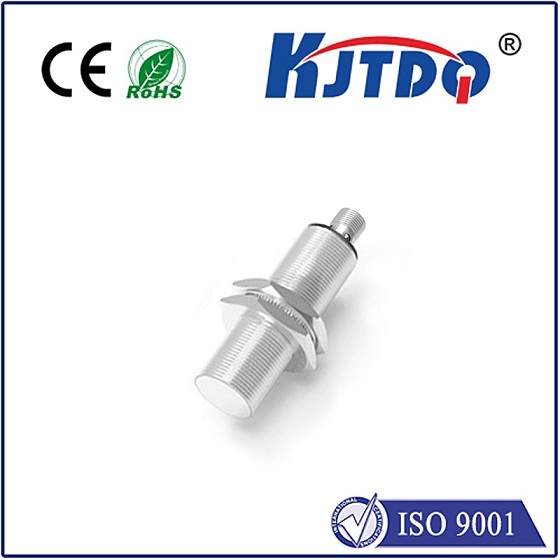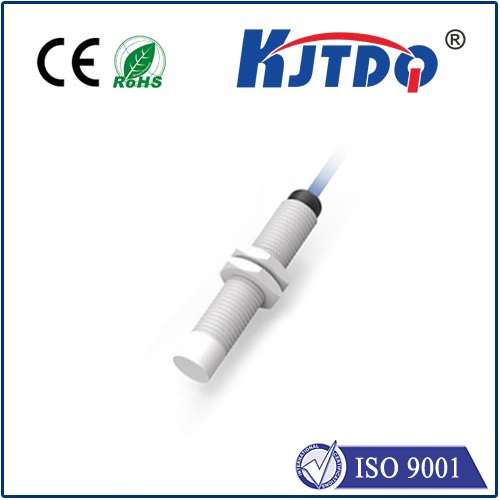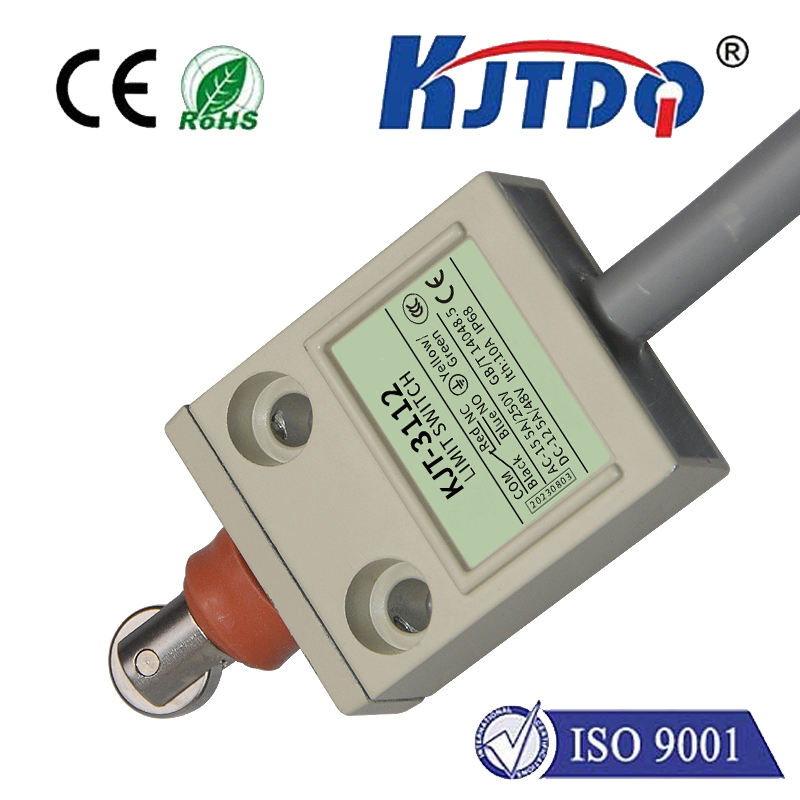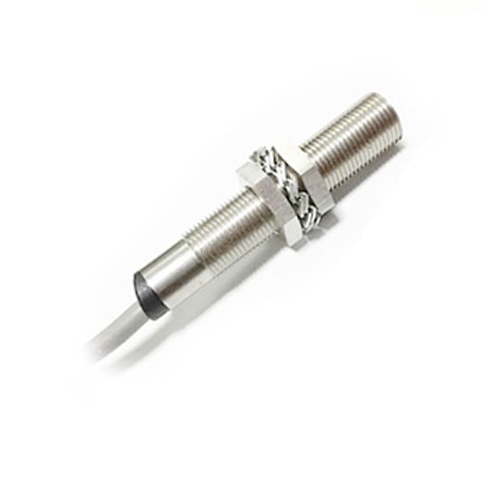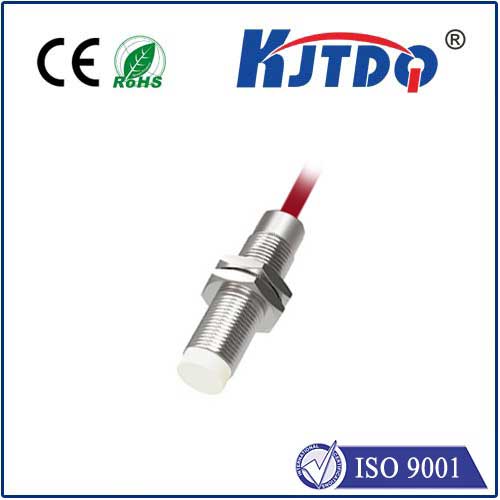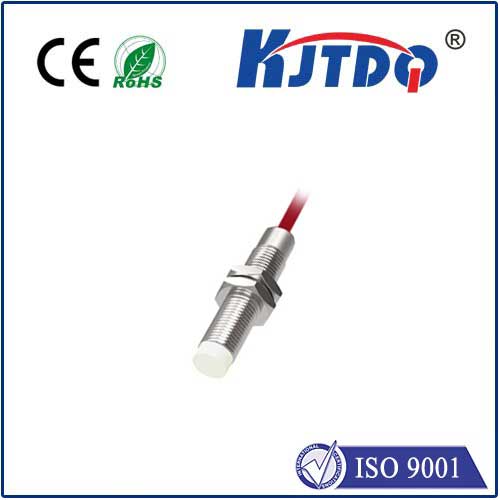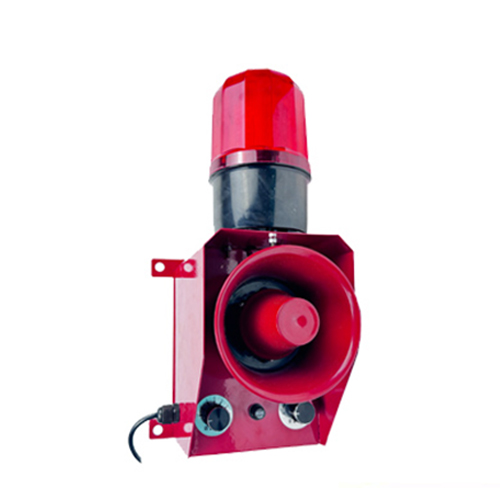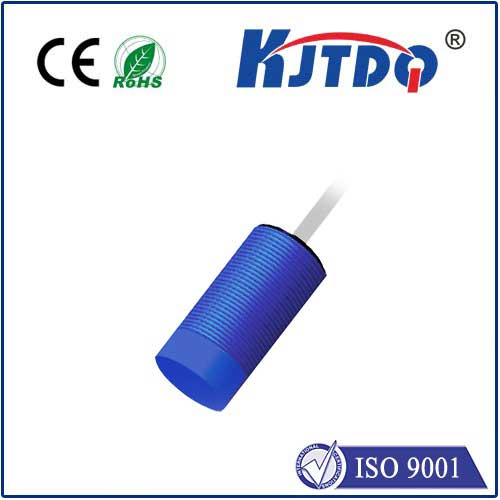

check

check

check

check
Imagine a world where machines operate flawlessly under extreme conditions, detecting threats and opportunities with lightning speed—no room for error, just pure, reliable efficiency. This vision becomes reality with innovations like the BES024L high pressure proximity sensor, a cutting-edge device transforming industrial landscapes. As industries face mounting demands for safety and productivity in high-pressure environments, this sensor emerges as a game-changer. It not only senses objects without contact but thrives where others falter, thanks to its robust design tailored for rigorous applications. Dive into how the BES024L redefines proximity sensing, empowering sectors from manufacturing to energy with its unmatched capabilities.
At its core, the BES024L high pressure proximity sensor functions through inductive sensing, employing electromagnetic fields to detect metallic objects within its range. Unlike standard sensors that struggle in pressurized settings, this model is engineered to withstand pressures exceeding 100 bar, ensuring consistent performance in harsh conditions. Its compact size and IP67-rated enclosure offer dust and water resistance, making it ideal for environments like hydraulic systems or offshore platforms. The sensor operates on a simple principle: when a target approaches, it alters the field, triggering a signal. This process eliminates physical wear, extending the device’s lifespan and reducing downtime. For instance, in automated assembly lines, the BES024L provides accurate distance measurements down to millimeters, ensuring seamless integration with control systems. What sets it apart is its high tolerance to vibrations and temperature fluctuations—up to 80°C—which prevents false readings and enhances reliability in dynamic industrial scenes.

The significance of high pressure compatibility cannot be overstated. In sectors like oil and gas, chemical processing, or aerospace, environments often involve elevated pressures from fluids or gases. Standard proximity sensors might fail or degrade rapidly here, leading to costly shutdowns or safety hazards. The BES024L addresses this gap with specialized seals and materials that resist deformation. This durability translates to long-term cost savings, as frequent replacements are minimized. Moreover, its non-contact nature avoids contamination risks in sterile applications, such as pharmaceutical manufacturing. By integrating the BES024L, companies achieve predictive maintenance advantages; early detection of anomalies like leaks or misalignments prevents catastrophic failures. Real-world data shows installations in hydraulic presses improve uptime by 20%, thanks to reduced sensor failures under pressure. This sensor isn’t just a component—it’s a strategic asset for risk mitigation.
Application-wise, the BES024L high pressure proximity sensor excels across diverse settings. In heavy machinery, it monitors piston positions in hydraulic cylinders, ensuring precise movements that boost efficiency and worker safety. For robotics in automotive plants, it guides assembly arms to avoid collisions, a critical function in high-stakes production lines. Its versatility extends to renewable energy, where it detects turbine blade proximity in wind farms operating under gusty, high-altitude pressures. Unlike optical sensors prone to fog or dirt interference, the BES024L’s inductive method remains unfazed, proving indispensable in mining or marine contexts. Companies report enhanced automation through easy integration with PLCs (Programmable Logic Controllers), enabling real-time data flows that optimize operations. This sensor is particularly vital in environments demanding explosion-proof certifications—it often meets ATEX standards, covering hazardous areas without spark risks. Such adaptability makes it a top choice for industries prioritizing both innovation and compliance.
Key advantages of the BES024L include not only its resilience but also its energy efficiency and user-friendly design. Installation is straightforward with standard M18 threading, minimizing setup time and requiring minimal calibration. Users benefit from low power consumption, drawing as little as 10 mA, which trims operational costs while supporting sustainable practices. The sensor’s high repeat accuracy—within ±0.5%—ensures consistent readings, vital for quality control in precision engineering. Compared to alternatives like ultrasonic sensors, the BES024L offers faster response times under pressure, with outputs like PNP or NPN facilitating seamless communication. Additionally, its robust build contributes to reduced maintenance needs, with just periodic checks for debris or alignment sufficing. Industry feedback highlights improved ROI, as the sensor’s longevity eclipses compes, averaging over five years in demanding roles.
To maximize the BES024L’s performance, best practices involve strategic placement and routine care. Position sensors away from direct heat sources or fluctuating electromagnetic fields to avoid interference, and ensure targets are within the specified 5–15 mm sensing range. Calibration during installation is minimal, but annual inspections using diagnostic tools can preempt issues. Adopting this approach not only sustains accuracy but also aligns with broader trends in smart manufacturing, where real-time proximity data drives efficiency. Ultimately, the BES024L high pressure proximity sensor stands as a testament to engineering excellence, proving that in the high-stakes arena of modern industry, precision and durability are non-negotiable.
